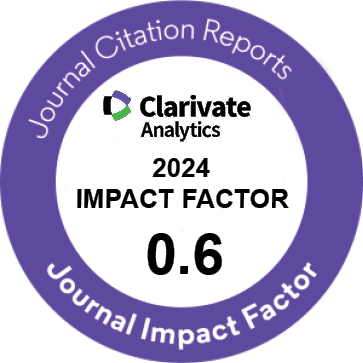| Original Article | |
| Butyrylcholinesterase as Biomarker of Occupational Exposure Among Female Cotton Workers | |
| Aima Iram Batool1, Syeda Humaira Jabeen1, Naima Huma Naveed2, Fayyaz Ur Rehman3, Iram Inayat1, Fareeha Idrees1, Asma Noreen1, Hakim Bibi1 | |
| 1Department of Zoology, University of Sargodha, Sargodha, Pakistan 2Department of Botany, University of Sargodha, Sargodha, Pakistan 3Department of Chemistry, University of Sargodha, Sargodha Pakistan |
|
|
IJWHR 2017; 5: 171?174 DOI: 10.15296/ijwhr.2017.31 Viewed : 4831 times Downloaded : 2988 times. Keywords : Acetylcholinesterase, Butyrylcholinesterase, Female, Pesticides |
|
| Full Text(PDF) | Related Articles | |
| Abstract | |
Objectives: Lack of safety measures and unawareness about the harmful effects associated with pesticide exposure among cotton picking females contribute to poor health quality in this group of workers. The activity of butyrylcholinesterase (BChE) acts as potential biomarker of pesticide exposure among these females. Our study aimed to determine the relationship between decreasing activity of BChE level in serum with pesticide exposure in female cotton pickers that can lead towards health impairments. Materials and Methods: The BChE level in serum samples of 50 female cotton pickers were compared to that of 50 controls using the t test. A questionnaire was prepared and asked from each female worker which was related to precautionary measures, work history and personal information. Results: Serum BChE activity in exposed females was (6194.80 U/L) as compared to non-exposed females (7209.77 U/L). Our studies confirm and extend the association between educed BChE activity and pesticide exposure. BChE activity could be used as an assessment tool for pesticide poisoning among exposed workers. In regard to precautionary measures none of the females used gloves or eye glasses. Face mask was used by only 10% of the females for protection. 30% of the females did not take bath or wash their hands and face after picking, and almost all females were found to eat and drink during picking. Conclusion: Pesticide exposure along with no safety measures decreased the BChE activity among exposed female workers that could be responsible for deranging the physiological responses of their body. |
Cite By, Google Scholar
Google Scholar
PubMed
Online Submission System
 IJWHR ENDNOTE ® Style
IJWHR ENDNOTE ® Style
 Tutorials
Tutorials
 Publication Charge
Women's Reproductive Health Research Center
About Journal
Publication Charge
Women's Reproductive Health Research Center
About Journal
Aras Part Medical International Press Editor-in-Chief
Arash Khaki
Mertihan Kurdoglu Deputy Editor
Zafer Akan






















